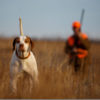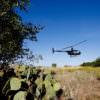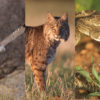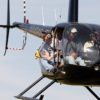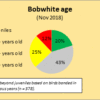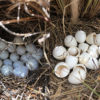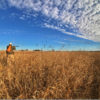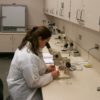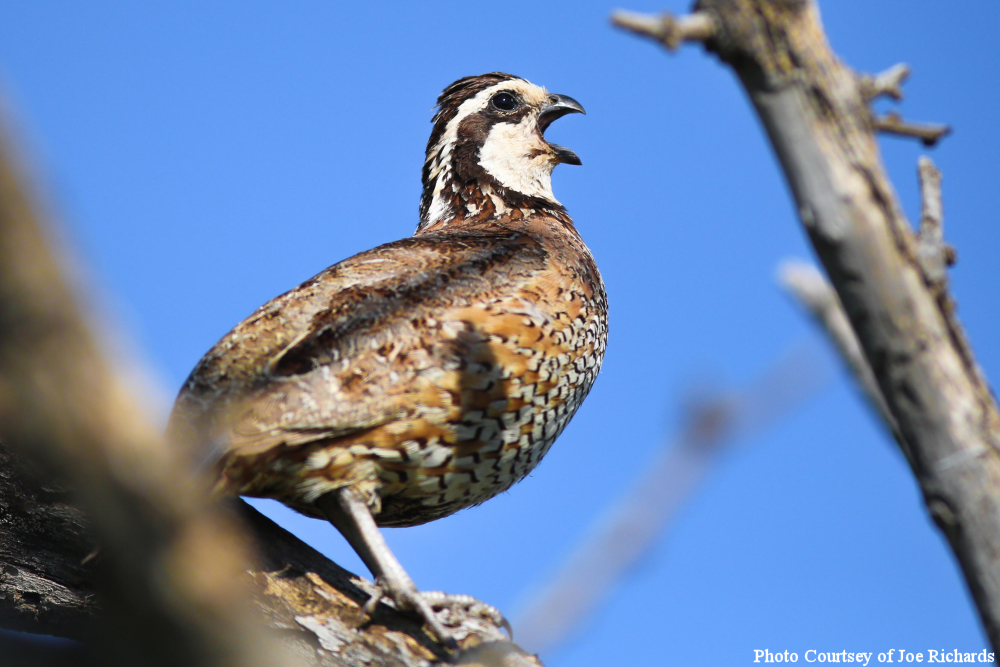
Friends, Romans, countrymen, and Students of Quail: lend me your ears.
Concerned about the status of your breeding quail? Who isn’t? Several years of dry weather and a “hard” winter in 2021 have exerted their collective toll on quail populations in the Rolling Plains. Several folks have commented to me that they haven’t seen a quail in months. The next 45 days provide a timely, easy opportunity to assess the breeding capital of bobwhites and scaled quail on you property/lease via their spring whistle counts. We don’t start our official counts at RPQRR until May 15, then conduct them twice weekly until July 1. But for most of you two to four counts would suffice.
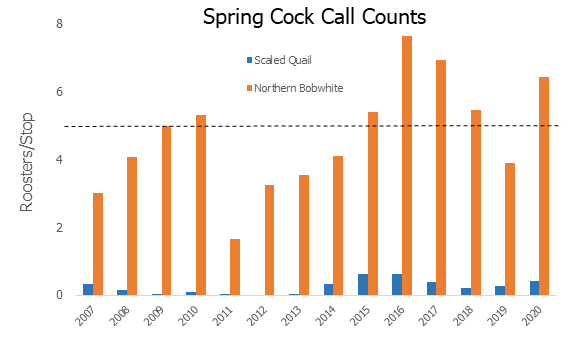
Spring cock call counts for RPQRR from 2007-2020. Dashed line represents average (4.7 birds/stop). Counts conducted from mid-May through June. Scaled quail were reintroduced in 2014.
If you’ve never done a formal whistle count, it’s not difficult. Just conduct them at multiple points across your property (we do so at 1-mile intervals). Start the count about sunrise and continue until about 9 o’clock, or when the wind becomes an issue. If you don’t have “young ears” (say what?) take along someone who does. Listen for a 5-minute period and record (a) the number of unique cocks you hear whistling and (b) the total number of whistles heard (either bob-white! or “squawk” for scaled quail). A data sheet featuring a bullseye target is convenient for helping distinguish among different birds calling. See the publications B-6173 Counting Quail (tamu.edu) and TQI_handbook.pdf (tamu.edu) for more information and a sample data sheet.
When analyzing spring cock call count data I usually think in multiples of “3”; hearing 3 or fewer bobwhites per stop is “poor”, 4-6 is “fair”, 7-9 is “good” and anything above 9 is “excellent.” But I may have to revise my scores down this year to multiples of “2” this Spring (2 or fewer = poor; 6 or more = excellent). Blue quail don’t call as often, so use 1, 2, 3, and 4, respectively to assess their abundance.
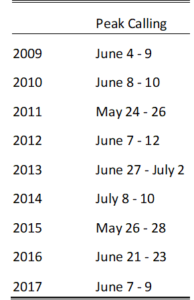 The peak calling period at RPQRR is in mid-June (average of June 13). Peak calling ranged from 25 May to 9 July across years. Spring call counts at RPQRR are “moderate predictors” (r2 = 0.54) of our “Minimum Known Population” (see An evaluation of population indices for northern bobwhite – Kubečka – 2019 – Wildlife Society Bulletin – Wiley Online Library) for more details.
The peak calling period at RPQRR is in mid-June (average of June 13). Peak calling ranged from 25 May to 9 July across years. Spring call counts at RPQRR are “moderate predictors” (r2 = 0.54) of our “Minimum Known Population” (see An evaluation of population indices for northern bobwhite – Kubečka – 2019 – Wildlife Society Bulletin – Wiley Online Library) for more details.
My ears are cast skyward and my hearing aids deployed. I’m curious about your results, so let me know what you’re hearing (drollins@quailresearch.org).
Relevant webisodes:


